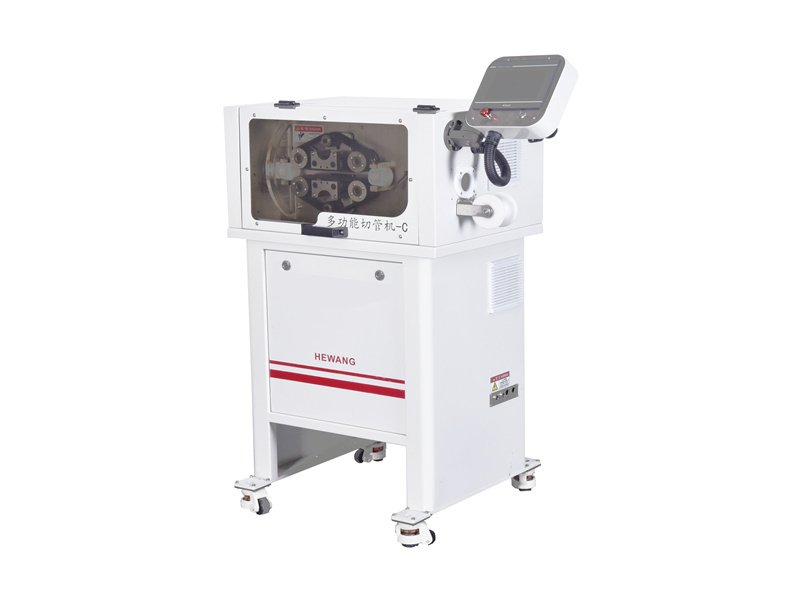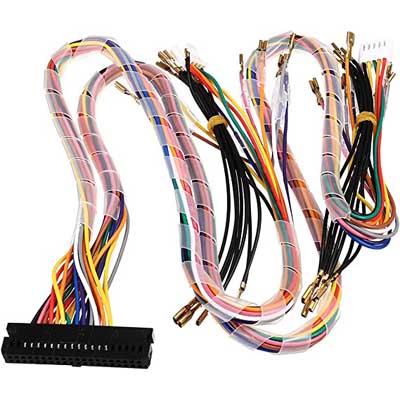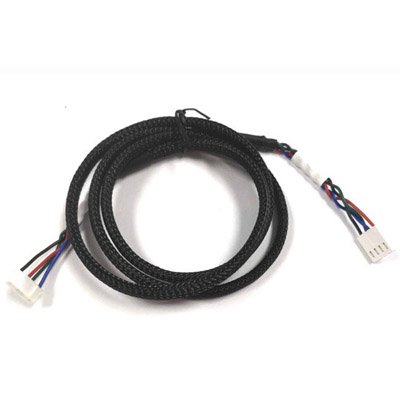Industrial Wiring Harness Manufacturer


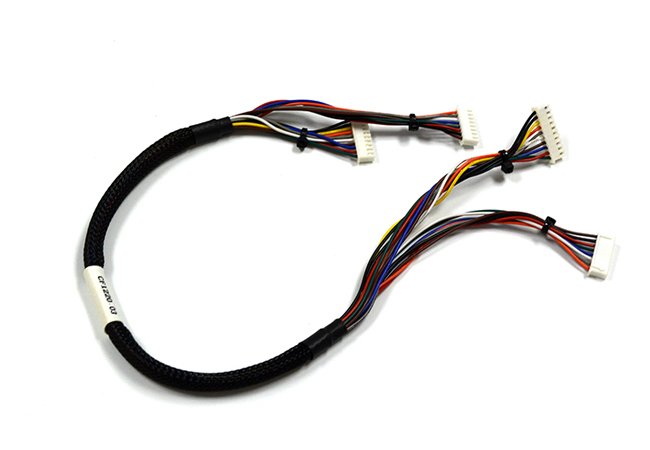





Robot Wiring Harness
The robotic system features multiple sets of wires and cables protruding from various components.
A wiring harness for robots efficiently organizes these wires by bundling them together. The production of wire harnesses must adhere to the ISO 9001 certification standards, reflecting a dedication to providing high-quality wire harness services. Some applications of these robotic wire harnesses include:
- Distribution of power
- Data distribution
- The wire harness can be applied in an assembly line system
- Connection of servo motors
- Transport and aerospace robotics, industrial automation, medical automation, and even education.
- Product Name: XH2.5 Multi-terminal cable
- Connector Specifications: XH2.5 Color: Red, black, Yellow
- Wire: UL1569 24AWG wire length: 350mm can be customized
- Function: Resistant to bending and swaying
- Main components: UL4478 ultra soft multi-core wire, UL20276 high-flexible shielding wire
- All materials comply with UL, ROHS, REACH+NP
What is Robotic Wiring Harness?
It is sweeping the globe. Currently, the robotic industry is experiencing significant growth and permeating nearly every sector. However, for this industry to flourish, various components must be taken into account. One of the most vital sectors is the wiring system. The devices utilized in robots are interconnected by numerous wires that facilitate the transmission of power and data.
Robotic Wire Harness Assembly Process
A robotic wiring harness comprises multiple wires or cables bundled together with electrical tape, creating a tree-like structure where each branch consists of wires linked to a specific device. A worker manually attaches this harness to the frame of an instrument panel.

Several plastic clamps can be used to consolidate wires into a single wiring harness, aligning with holes drilled in the instrument panel frame. This ensures that the wire harnesses are securely fastened to the frame, mitigating the risk of intense vibrations damaging the wires.
Furthermore, a robotic wire harness can be enhanced with a protective jacket made of insulating materials such as Polyvinyl Chloride (PVC), silicone, and polyurethane. These materials are highly effective, particularly in shielding the wires and cables from high temperatures, thanks to their substantial heat resistance.
Pros of Robotic Wire Harness
Robotic systems feature extensive sets of cables and wires extending to and from various components of the device. Robotic companies employ robot wire harnesses for a range of automation applications. A robot wiring harness is significant in numerous ways, including:
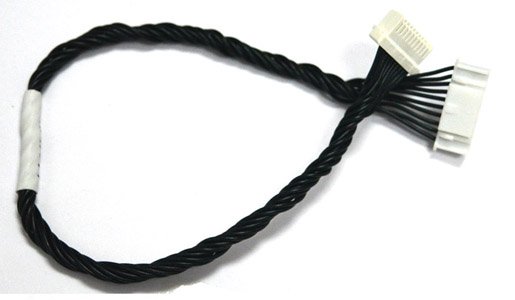
- Slowing down the rate of wear and tear-There is a significant amount of wires and cables wear and tear due to intense vibrations causing abrasions.
- Easy maintenance access- The maintenance process involving dealing with one wire at a time can be a nightmare. Wire harness easies the repair and maintenance process significantly.









